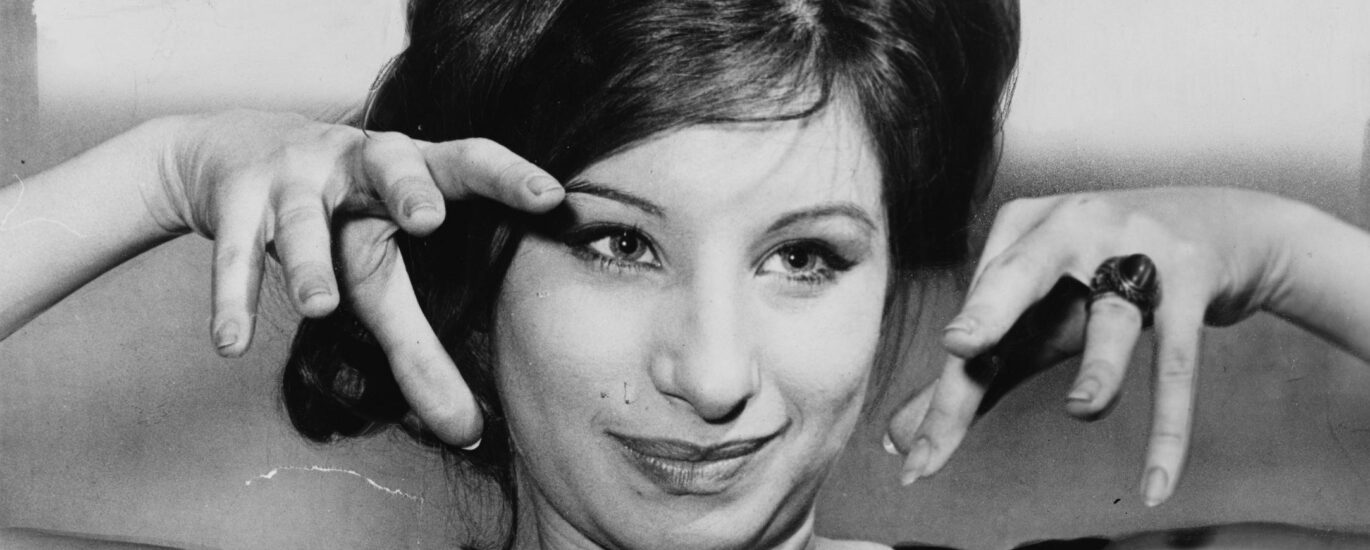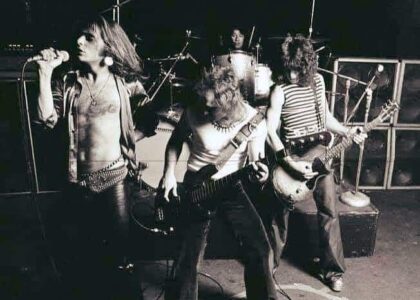So in case you are among the seven billion people on the planet who had something better to do than to pay attention to Hollywood drama, here’s what happened not long ago. April 28th, actress Melissa McCarthy posted a couple of photos on Instagram where she was dressed to impress at some swanky function or another.
Her friend, the legendary Barbra Streisand, saw the post and commented, saying “Did you take Ozempic?”
Yes. By all means, cue the awkward silence.
Ozempic, in case you weren’t paying attention to that either, is a diabetes drug that has been repurposed by a desperate group of non-scientists as a weight-loss solution.
So to a ton of people on the interwebs, it looked like Babs might be fat-shaming her friend.
[yawn] I know. Riveting stuff.
What was interesting to me was the response from Streisand herself to this tempest in a teapot. She would later clarify her statement, saying, “She looked fantastic! I just wanted to pay her a compliment. I forgot the world is reading!”
And there’s the lesson.
Powered by RedCircle
The blame here, if there’s blame to be placed, lies with Melissa McCarthy. And don’t get ahead of me.
Like so many of the greats in entertainment history, Melissa McCarthy has the ability to make people think she’s just talking to them. One to one. So it’s easy to see how Barbra Streisand felt like commenting on the post would be a comment that only Melissa would see.
No one understood that better than the man who invented the late-night television talk show, Johnny Carson. No, he didn’t do it first, and he may not even have done it best, but Johnny Carson elevated late-night TV to an even more important slot than prime time. If you use a microphone and you’re not familiar with Carson’s work, just know that you’ve made a conscious decision to work at a disadvantage.
On his final edition of The Tonight Show almost exactly 32 years ago on May 22, 1992 – when literally fifty million people were watching live, Carson’s closing remarks included this quote:
“I can only tell you that it’s been an honor and a privilege coming into your homes all these years to entertain you.”
Johnny Carson understood that people weren’t tuning into his show. For the time that he was on the air, he was a guest in their living room.
If you’re on the radio in the morning, you have to understand that people have invited you to join them for a ride in their car. The radio shows that understand that are the ones that win in the ratings.
It’s no different for podcasters. If I grab my AirPods for my commute on the subway and I’m listening to your podcast, then for all intents and purposes, you’re sitting next to me.
If you truly understand it, you’ll also pick up on the fact that there are nuances to how you’ll talk during the show. If it’s you and me in the car, and you open the show by saying “Hey, folks, how are you all doing,” you’ve just reminded me that you’re not really talking to me, you’re talking to everybody and I just happen to be a spectator.
Hosts of radio shows and podcasts alike are well-served by stealing as much from Johnny as they possibly can. Nobody did an interview like Johnny did. And nobody in history was better at saving a joke that didn’t land. Did Carson say things like, “Folks”, and “Ladies and Gentlemen”? Sure. Because even though millions of people were watching on television, he was also performing live in front of a studio audience of about five hundred people.
Now, I spent thirty years in morning radio, including seven years in the 4th-largest city in North America, and there were only twenty or thirty times I can think of that our in-studio audience had those kinds of numbers. And if you’re a podcaster, I’m guessing it’s the same.
The differences are subtle, but they are differences. And they do make a difference in how your audience perceives you.
If you listen to this show regularly, you’ve probably heard me talk about Judy. At one station I worked at, Judy was the name of the avatar for our announcers to talk to. We even had a cardboard cutout of Judy in the studio for them to look at while they were talking. We did a full psychographic profile of Judy, including her likes, dislikes, habits, and a million other things. When the announcers were doing their shows, they weren’t doing them for an audience. They were doing a show for Judy. When we did contests or features, everything passed through the filter of, “Would Judy like this?”
If you don’t already have an avatar for your show, take some time and create one. You’ll be surprised how much more targeted and focused your show will be. Your audience will feel like you’re talking just to them, which will help you forge a connection with each individual listener, and a bond that’s difficult to break. You’ll go from building an audience to cultivating a fan base. And a single fan is worth a hundred listeners.
Your fans will be more likely to share your episodes, give reviews, and make engaged comments on your social media posts.
Let’s just hope they’re not so engaged that they ask you if you took Ozempic.






